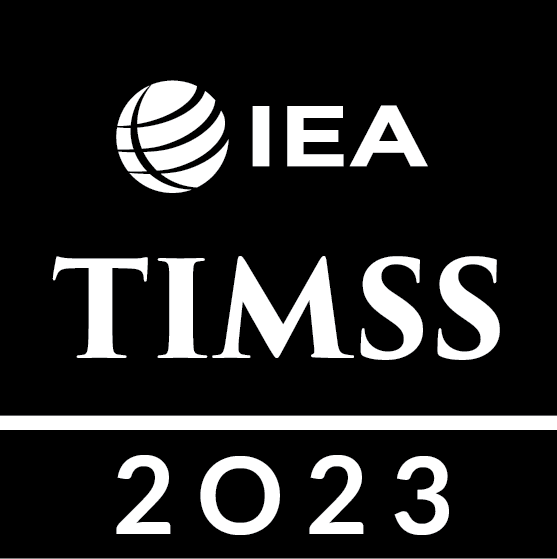Average Science Achievement for Girls and Boys
Exhibit 2.2.2 shows the differences in average science achievement between eighth-grade girls and boys in the 44 countries and 3 benchmarking participants, along with the average achievement for each of these groups, together with their associated standard errors (given in parentheses). Countries are sorted by default according to the size of the achievement difference between boys and girls, where negative differences indicate girls’ average achievement is higher than boys, and positive differences indicate boys had a higher average than girls. In TIMSS 2023, a range of gender differences can be observed across countries. Across the 42 countries with internationally comparable data, girls had higher average achievement than boys in 11 countries, boys had higher average achievement than girls in 12 countries, and 19 countries did not have average achievement differences significantly different from 0. It can be observed that differences of about 8-9 points or more tend to be flagged as statistically significant at an alpha level of 0.05. In contrast, smaller differences tend not to be flagged as significant, unless their standard error (given in parentheses) is unusually small. Statistical significance does not necessarily imply that a difference is practically meaningful and achievement differences between girls and boys should always be considered in broader educational contexts within countries.

